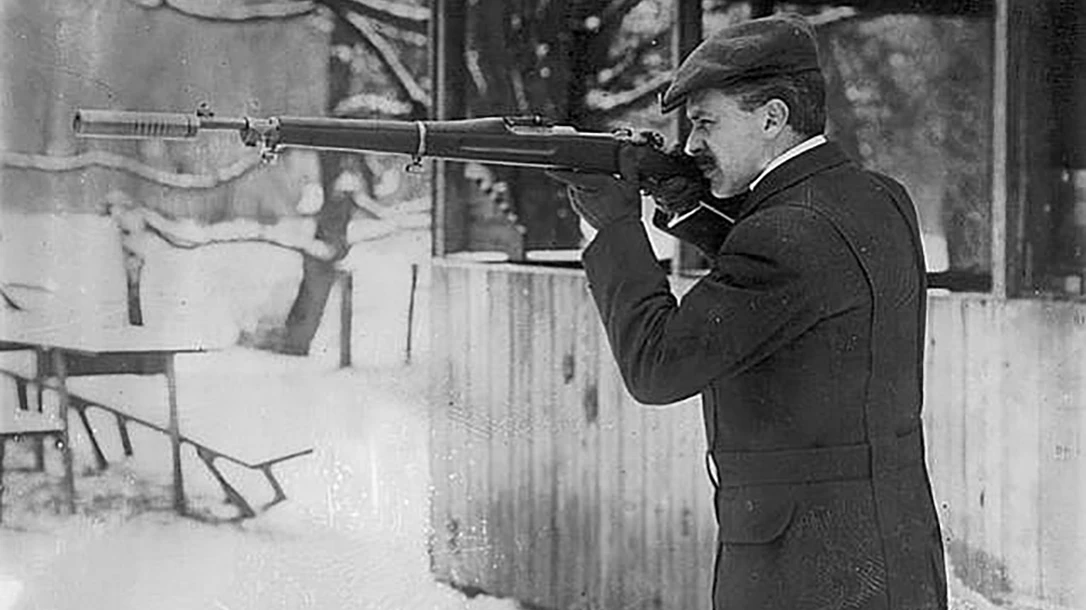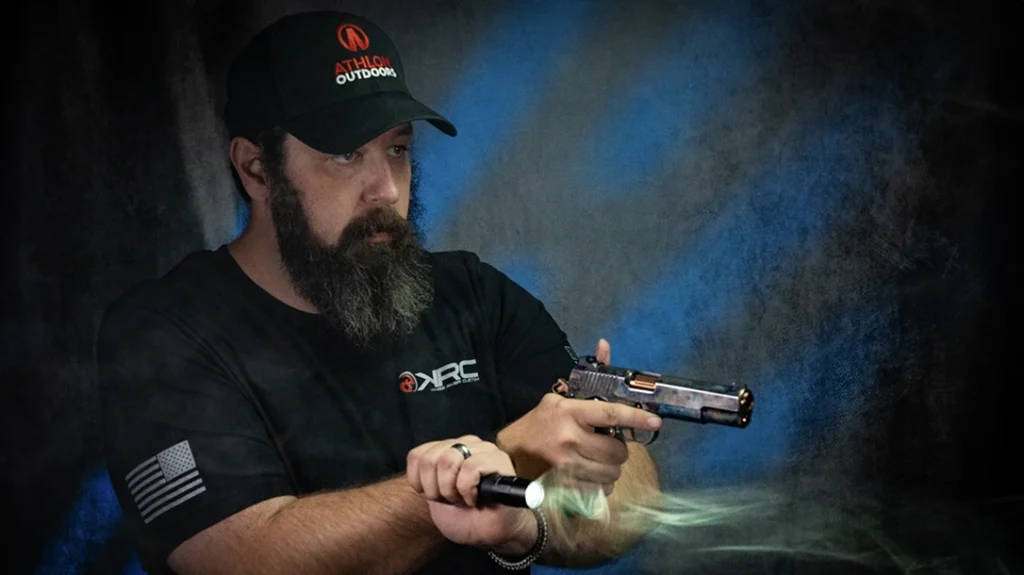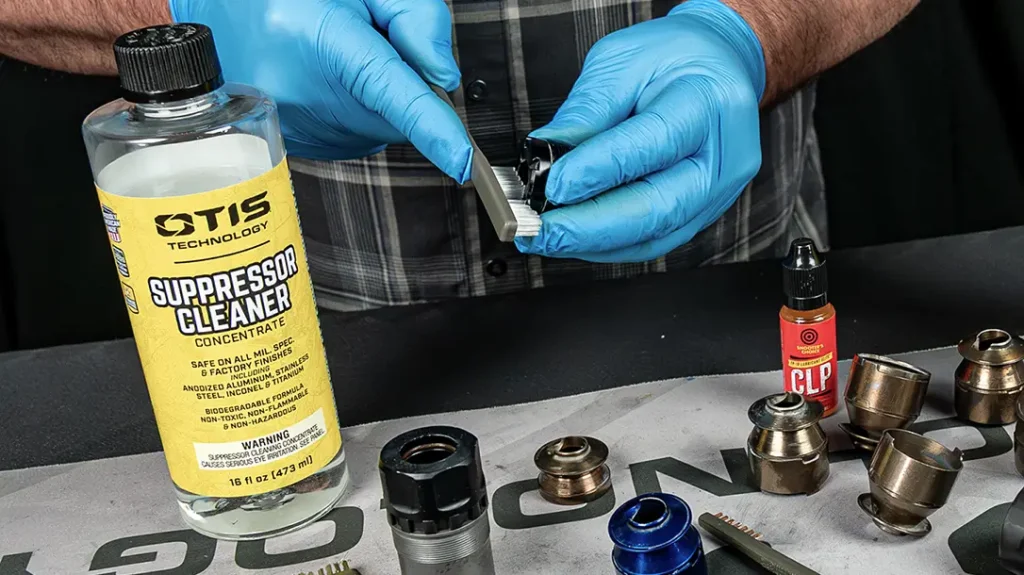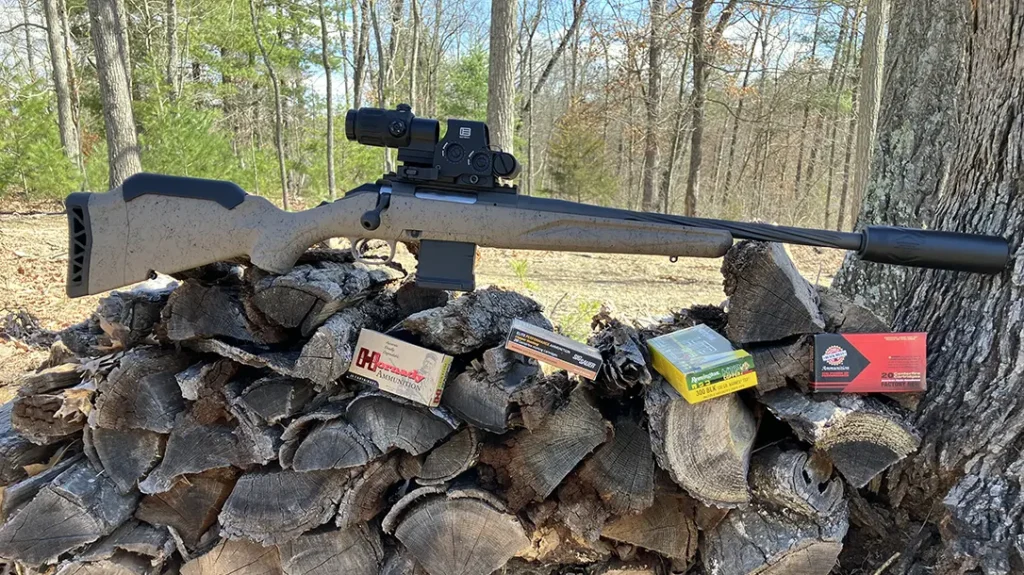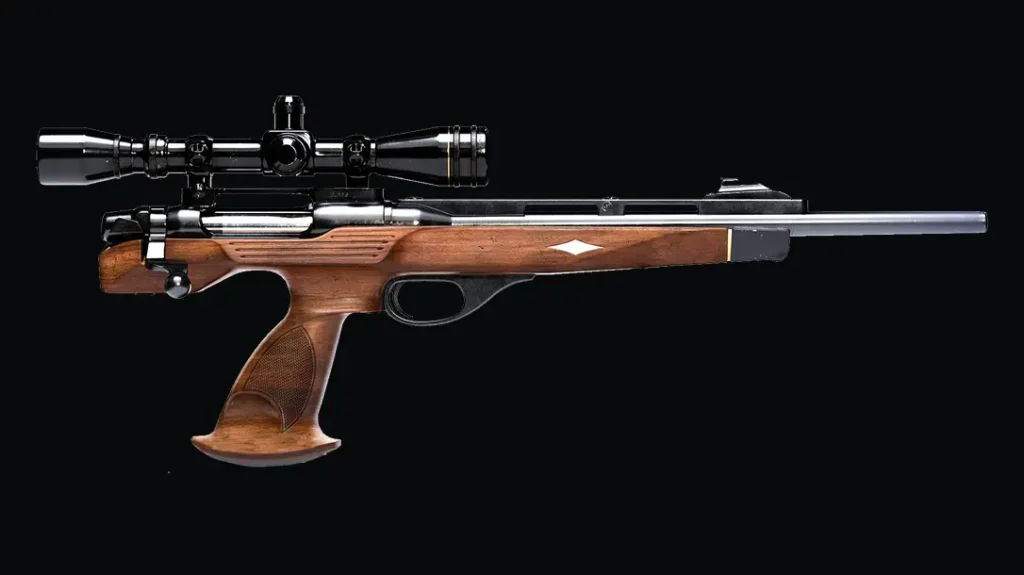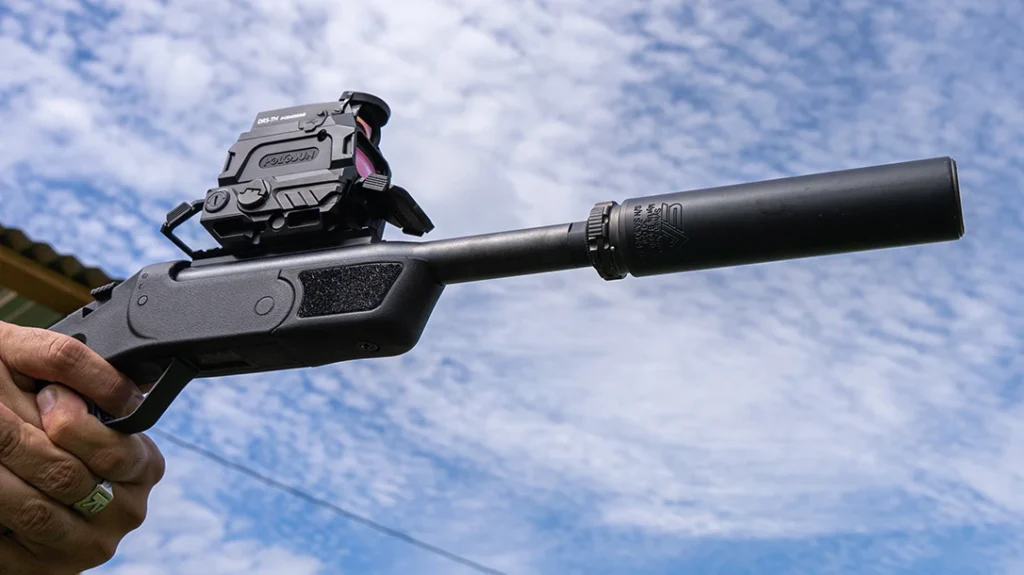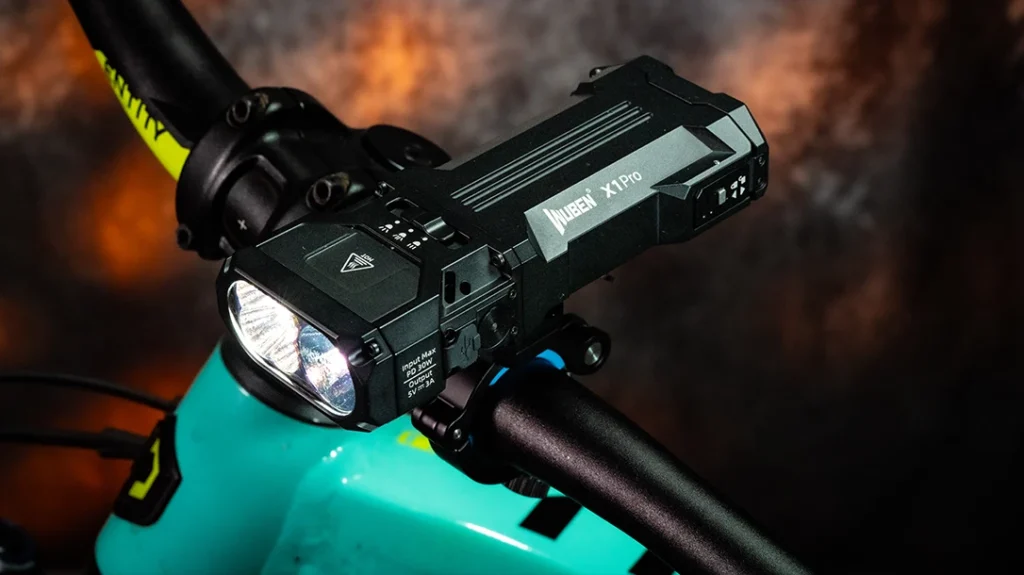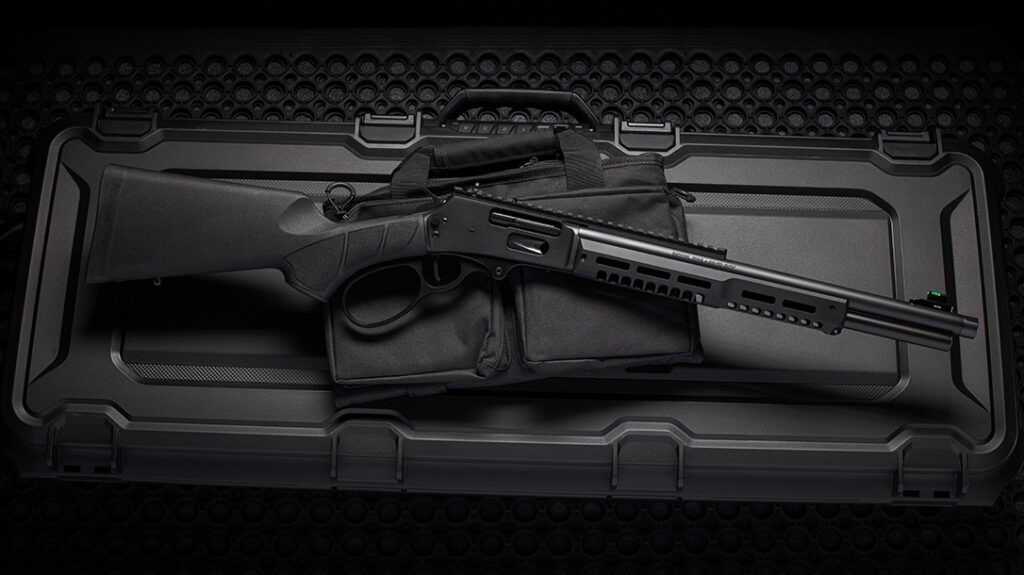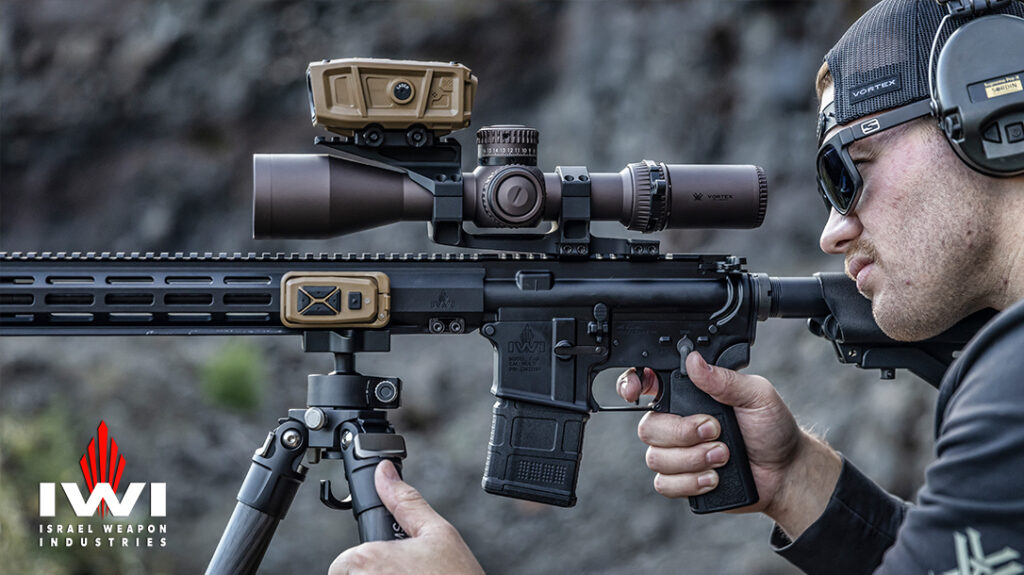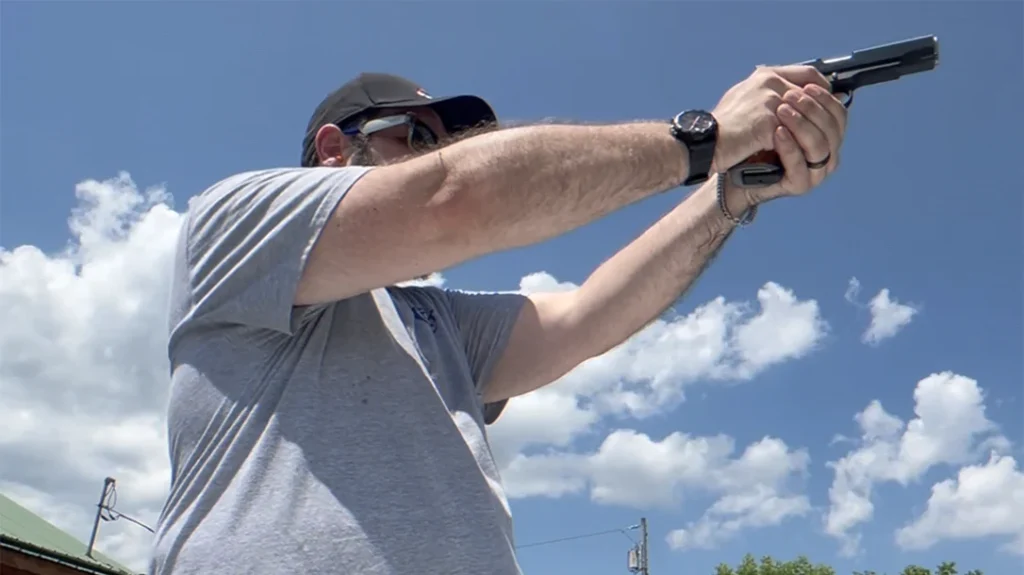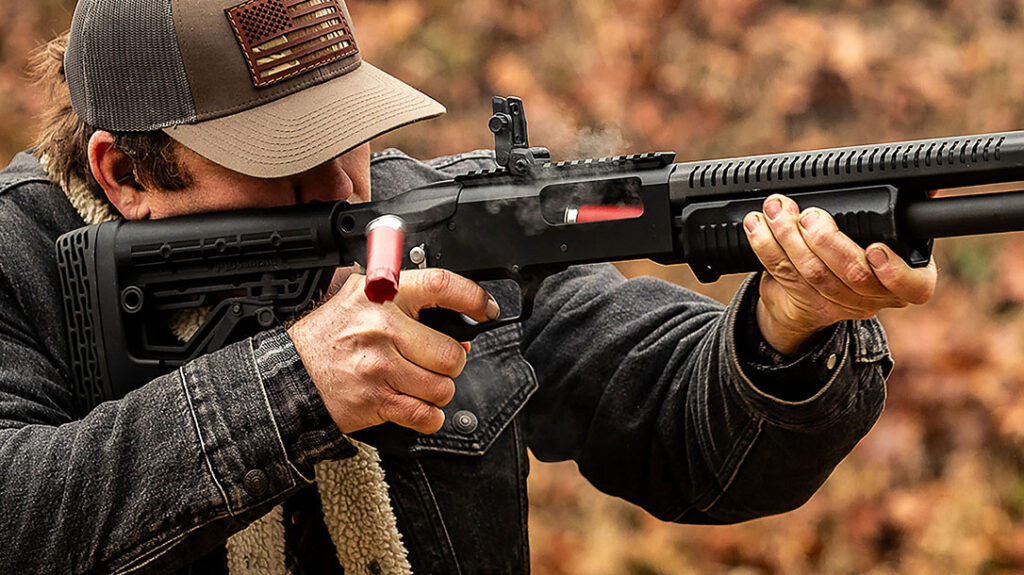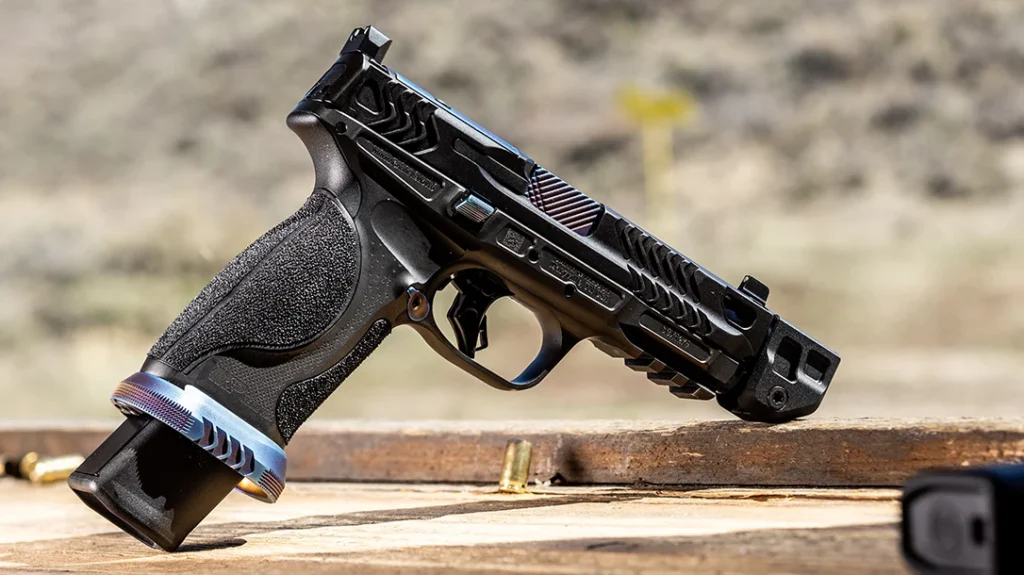Hiram Percy Maxim ranks among America’s most accomplished inventors, leading advancements in radio, sound suppression, aviation, electricity, and automobiles. His most famous invention, the Maxim Silencer, was all but killed by the 1934 National Firearms Act, which ignorantly restricted the civilian use of suppressors. But the Hearing Protection Act, partially implemented in the recently passed “Big Beautiful Bill,” has eased those restrictions, making suppressors more accessible than they’ve been in 91 years.
Hiram Percy Maxim: A Sound Suppression Genius
Hiram Percy Maxim’s engineering talent was evident early on, as he graduated from the Massachusetts Institute of Technology (MIT) at the tender age of 17. He was keenly interested in cars, building his first internal combustion engine in 1892, at age 22. That updated engine powered the winning car in America’s first closed circuit auto race in 1899.
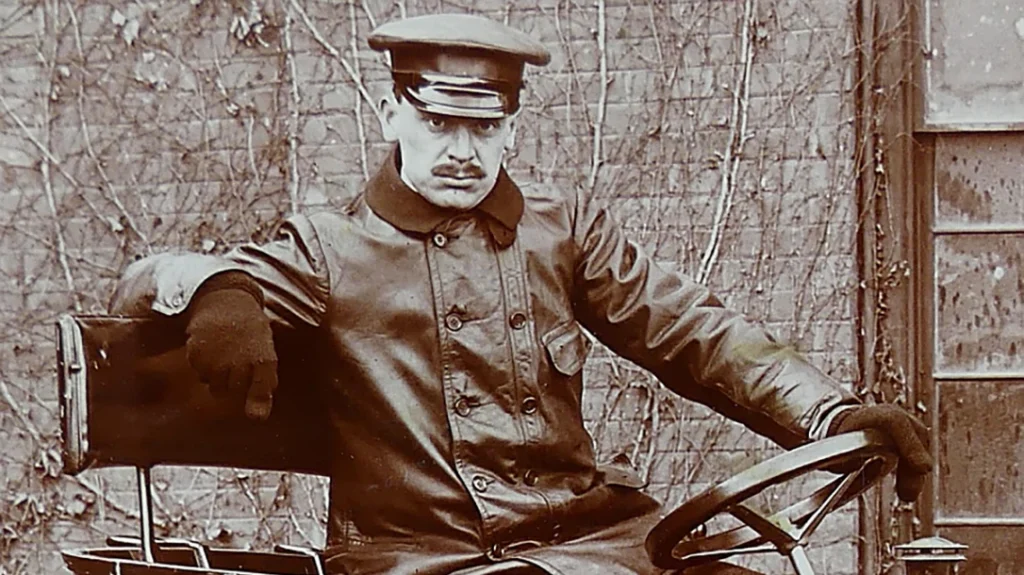
Advertisement — Continue Reading Below
Maxim loved cars but he hated the noise and exhaust. So, he invented the automobile muffler to reduce both. The technology which applied to other machines like air compressors and industrial equipment. His work on mufflers also led to his creating the world’s first firearm suppressor: the Maxim Silencer. His father was Sir Hiram Maxim, inventor of the Maxim Machine Gun, and his brother was instrumental in developing smokeless powder. So, the younger Maxim had an early interest in firearms and their associated technology.
The Maxim Silencer
As Maxim disliked the noise of automobiles, he was concerned that the loud reports of his firearms disturbed his neighbors. After a few inconclusive attempts, one day, Maxim had a revelation after his morning bath. He noticed how the draining water swirled around the central drain hole and realized that gas generated when a gun was fired could be affected the same way, redirecting the energy and lowering the sound signature.
It was a start. Maxim spent the years from 1902 to 1909 focused on the problem. His work led to his early “silencers,” of which the Model 1910 proved the breakthrough. Patented in 1909, the Model 1910 reduced noise by forcing muzzle gases through a series of curved vanes which, like the water in Maxim’s bathtub, spun the gases into small vortices, reducing their pressure as they cooled.
Advertisement — Continue Reading Below
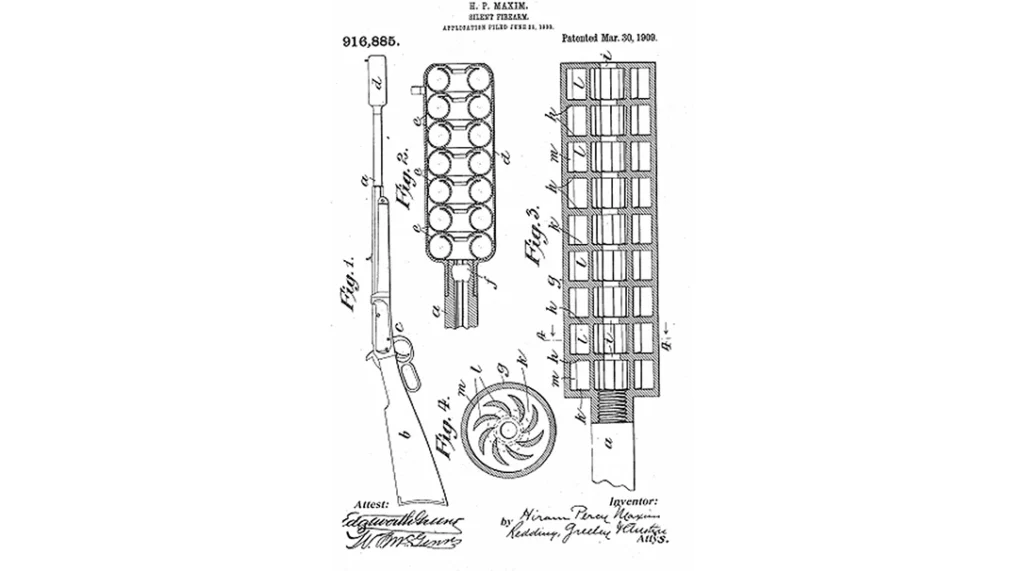
The Model 1910 Maxim Silencer was an off-center design so the vane system was below the muzzle’s level. Maxim designed the suppressor that way so it wouldn’t interfere with the firearms sights. Sights weren’t so easily swapped out in 1909 as they are now. This original Maxim Silencer was only compatible with rifles. Pistols wouldn’t function properly with it. The Maxim Silencer was effective but heated up very quickly and was expensive to manufacture. But it was the first successful firearm suppressor.
Silencer Versus Suppressor
Firearms enthusiasts often snicker when they hear the term “silencer,” with “suppressor” being the favored, and more accurate sobriquet. But consider that Maxim fully understood how his product worked, differentiating between the expanding gas and the sonic boom. Also remember that the Maxim Silencer was initially designed and constructed for closed-action rifles, like bolt and lever guns, meaning there’s no noise from a cycling action until after the shot. “Silencer” becomes far more viable in that light.
Advertisement — Continue Reading Below
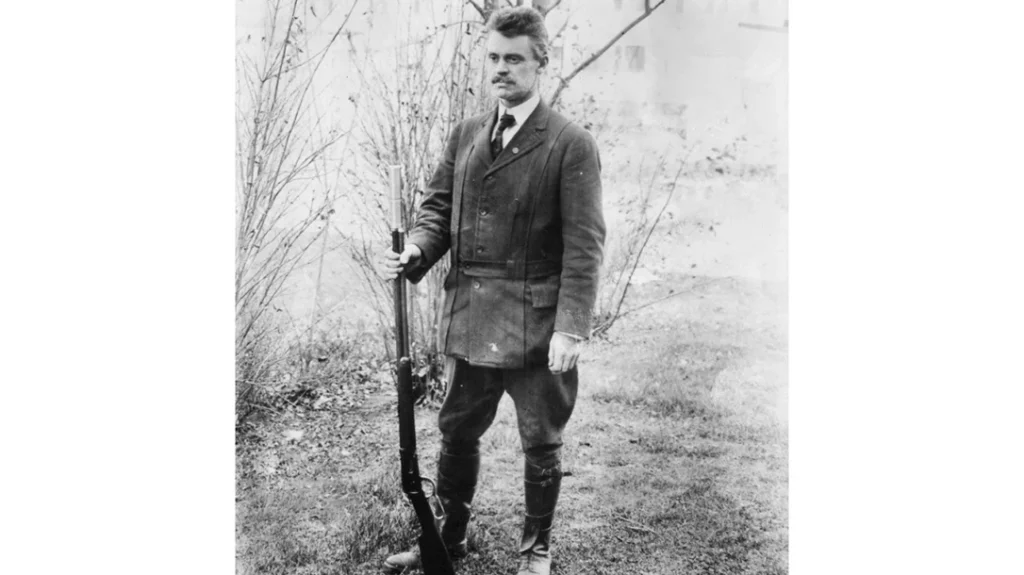
The Maxim Silent Firearms Company
Maxim set up shop in his hometown of Hartford, Connecticut, doing business as the Maxim Silent Firearms Company. To educate the public, the company published an informational brochure titled Maxim Silencer. It Will Pay You to Know About It. The publication opens by saying, “The Silencer checks the muzzle blast. Instead of the powder gases being liberated into the air instantaneously when the bullet emerges from the muzzle, as in the ordinary gun, the gases are caught by the Silencer.” Another selling point was the claim that the Silencer used muzzle gases to reduce recoil by two-thirds, which is quite significant when you consider that Maxim tested and perfected his product on .30-06-chambered M1903 Springfield rifle.
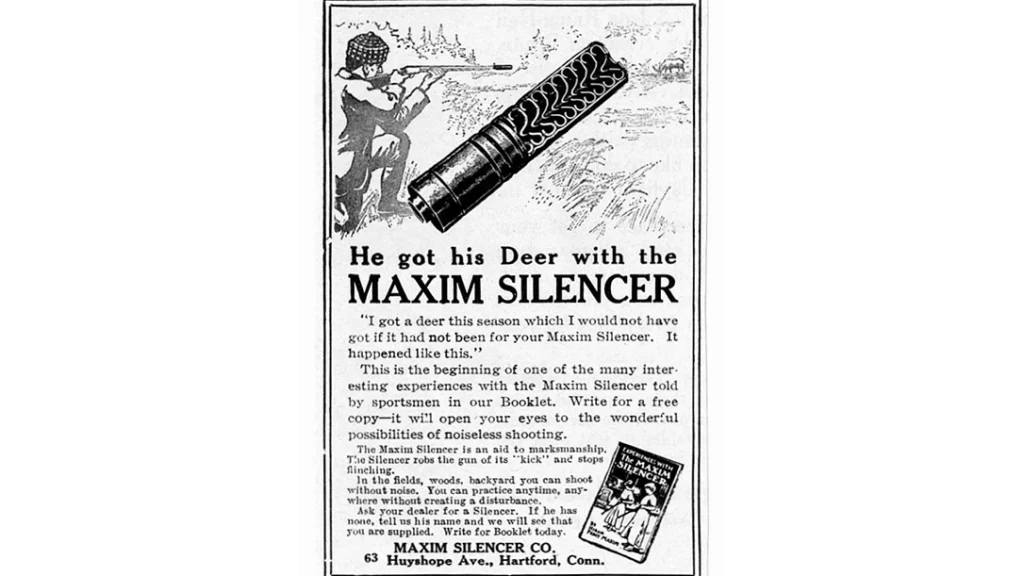
Advertisement — Continue Reading Below
The brochure also explains, in the section titled How Much It Reduces Noise, how the product works, as well as how a supersonic bullet will still be quite audible, comparing it to a cracking whip, which is entirely accurate. In essence, Maxim explained a sonic boom before anyone ever understood the effects of breaking the sound barrier. Maxim’s understanding of the concept is further demonstrated by his introduction of a line of subsonic ammunition to accompany the Maxim Silencer. His ammo had a muzzle velocity of 1,100 feet-per-second, demonstrating that he knew about where the speed of sound resides (1,125 fps).
Some were not so pleased by Maxim’s invention. Alarmist newspaper articles touted its advantages to soldiers and the police, but also to “the murderer,” saying that “He can shoot down his enemy and only an examination will reveal the cause of death.” Police agencies quickly petitioned Congress “to so control the output by law that it can only reach the right hands.” Some things never change.
“Dr. Shush”
Maxim advertised the Silencer to the public, calling himself “Dr. Shush.” His marketing touted his product’s benefits to hunters and target shooters alike. But sales were up and down, so he turned to military applications. Maxim pitched the Silencer for widespread use by frontline troops, but the peacetime Army had a tight budget. They liked the Silencer but could only purchase a few. Maxim successfully advocated for issuing his product to snipers during the First World War, but a large military contract eluded the company.
Advertisement — Continue Reading Below
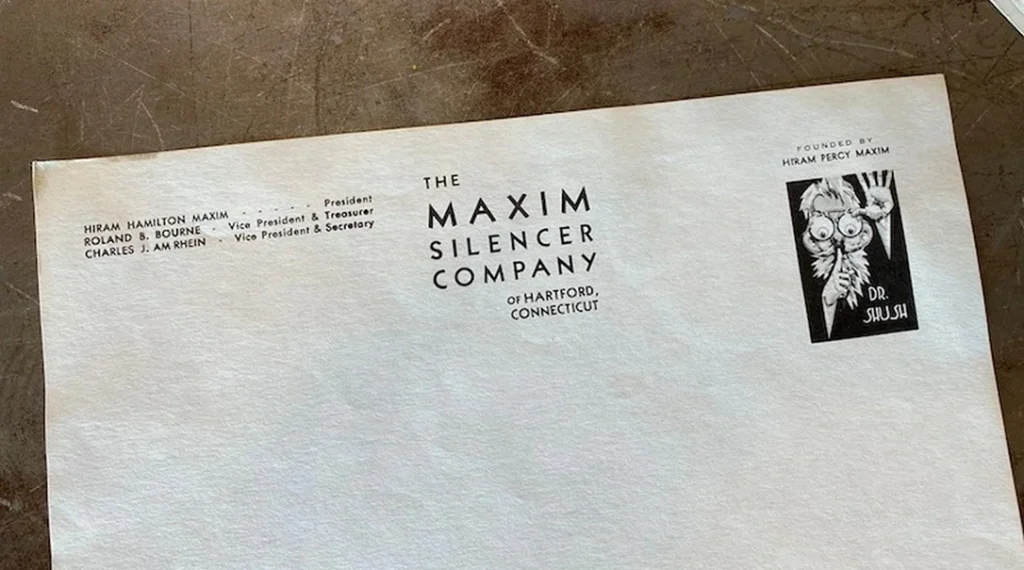
Maxim Silencers were fielded by Allied and German snipers, though Maxim himself refused to sell them to Germany. Historians believe that German examples were either purchased by third parties or requisitioned from German civilians who bought them before the war.
The company did well enough to stay in business, with “Dr. Shush” pointing out how rude it was to not silence your firearm. But it never took off in a big way.
Advertisement — Continue Reading Below
The National Firearms Act
The 1929 St. Valentine’s Day Massacre saw several of Al Capone’s goons, dressed like policemen, gun down seven members of a rival gang using Thompson submachine guns. The outrageous hit prompted cries to rein in machine guns and other weapons deemed especially dangerous. Never mind that Prohibition was the real cause. But I digress.
Congress, aided by Attorney General Homer Cummings, used a tax scheme to deny disfavored items to the public, while creating the means to go after criminals for tax evasion. The resulting National Firearms Act of 1934 (NFA) targeted full-auto firearms, short-barreled rifles and shotguns, and, demonstrating the politicians’ general ignorance, suppressors. The aforementioned police agencies likely influenced their inclusion. Never mind that criminals didn’t use suppressors. Just like they don’t use them now.
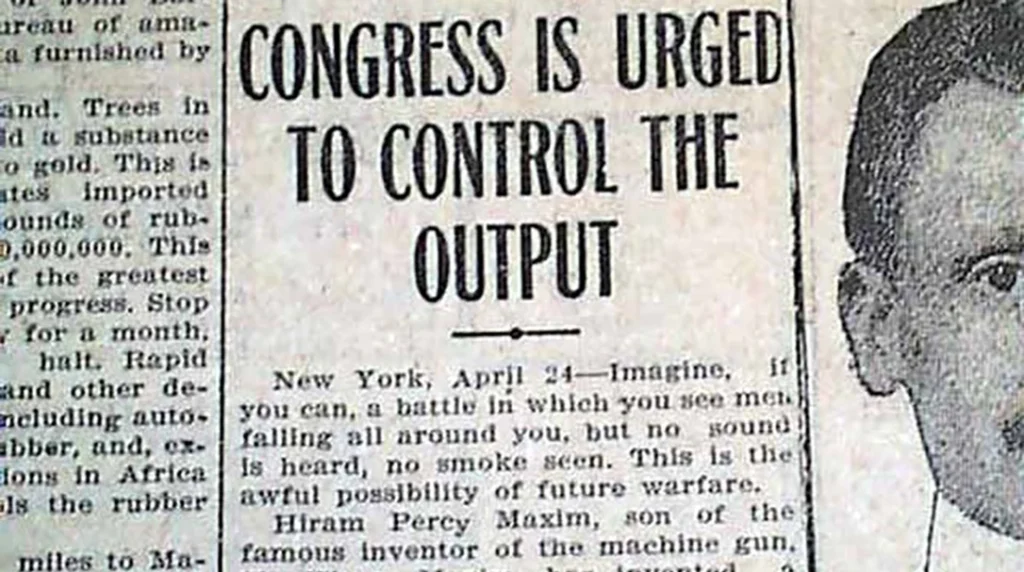
Advertisement — Continue Reading Below
The NFA proved the death knell for Maxim’s Silencer business. The $200 tax stamp was deliberately prohibitive, especially considering Maxim Silencers retailed anywhere from $5.00 to $8.50 at the time, depending on whether you bought a .22 or .30 caliber model. Maxim closed up shop and went back to car mufflers and radios.
Hiram Percy Maxim: A Great American Inventor
Hiram Percy Maxim was among the greatest of American inventors of his day, or any day. He was far more than a firearms engineer. Hiram understood general concepts and principles, leading to his inventions and their improvement. He was insatiably curious, making his mark in several major technological fields. We still benefit from his work today, though he is best remembered for the Maxim Silencer.
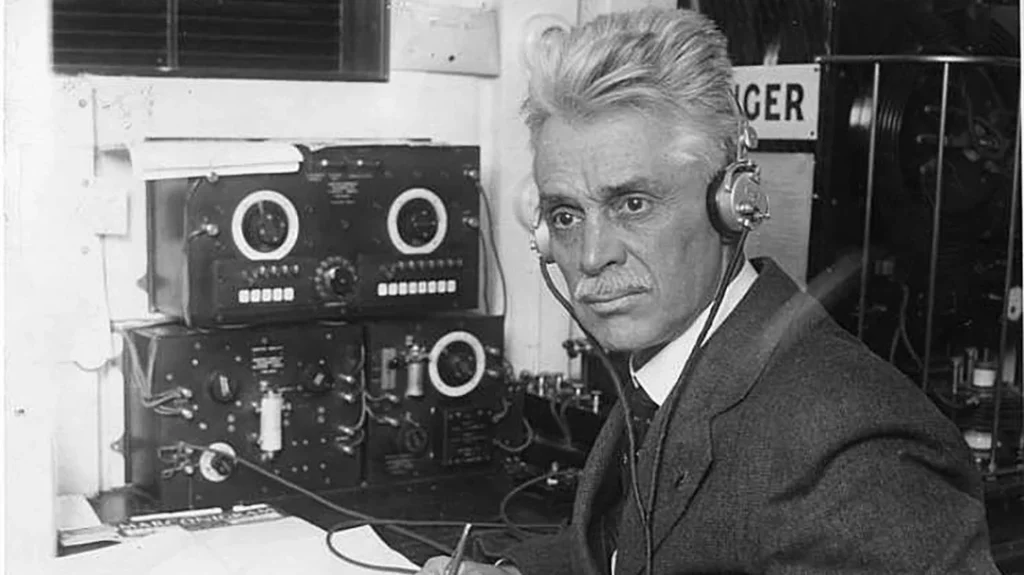
Advertisement — Continue Reading Below
Maxim’s greatest accomplishment was perhaps his contribution to long range radio communication by creating the American Radio Relay League in 1914. The League still exists as the national membership organization for amateur radio operators. Its headquarters, the Hiram Percy Maxim Memorial Station, displays Maxim’s personal radio transmitter, which he called “Old Betsy.”
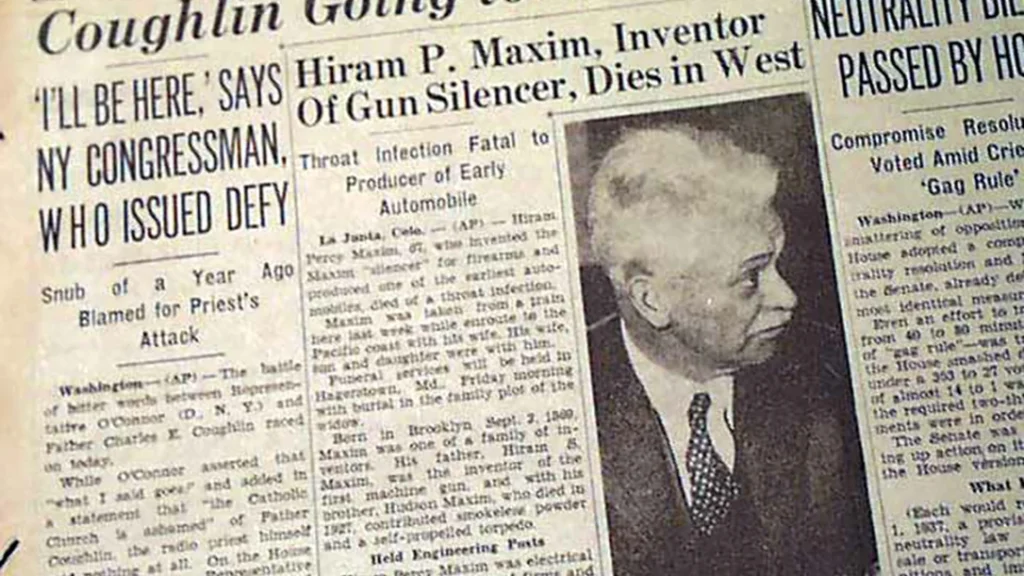
Maxim died unexpectedly on February 17, 1936. The 66-year old inventor was returning home from visiting the Lowell Observatory in Arizona, when he fell ill. Maxim’s train stopped at La Junta, Colorado, where he was admitted to the hospital. He died the next day from a throat infection. Hiram Percy Maxim rests alongside his wife in her family’s plot in Hagerstown, Maryland’s Rose Hill Cemetery.
